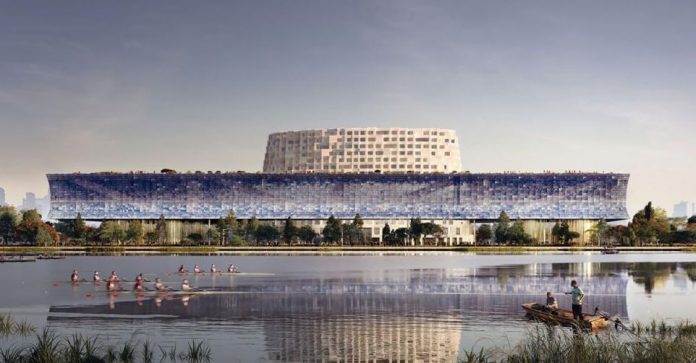Nowadays internationalism dominates to a much greater extent than ever, this was the result of the globalization of society and the unification of Europe. The practice of architecture has become international to a large extent, and not only with leading international companies such as Herzog & de Meuron, whose works are scattered throughout Europe, from Santa Cruz de Tenerife to Cottbus, or OM, whose activities extend from Porto to St. Petersburg, but also with less reputable firms.
Probably, today the range of action is greater than fifty years ago, but in the past architects traveled the world, studied abroad, worked and signed contracts with foreign colleagues. An example is Baltic internationalism, which existed around 1900 and encompassed Stockholm, Helsinki, Tallinn, Riga and St. Petersburg.
Contacts and exchange programs in this region were demonstrated at the traveling exhibition “Architecture 2000”, which visited these cities in 2003-2005. German, Finnish and Russian architects worked in Tallinn at the beginning of the twentieth century – this is an example of the internationalism of this European region. Other examples: Austrian architects worked in Bulgaria after the liberation of that country from Turkish rule in 1878, and Russian architects left their mark in Serbia after the 1917 revolution.
Even those who did not travel had enough opportunities to learn about what was happening in other countries through publications, lectures, exhibitions. In addition, architectural education has always been an important source of information.
